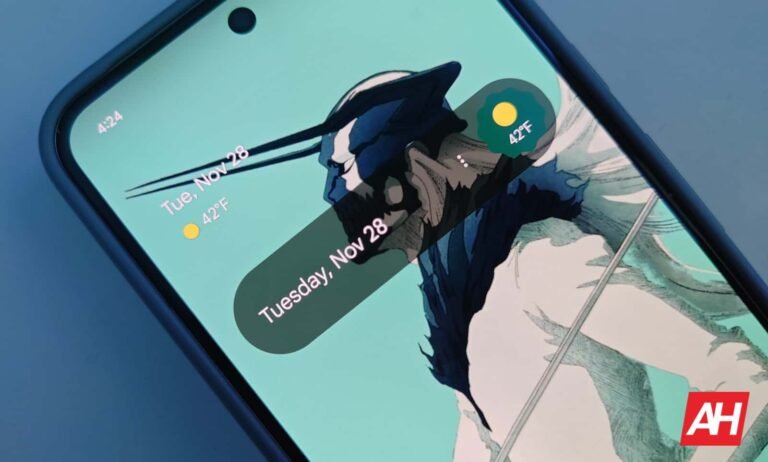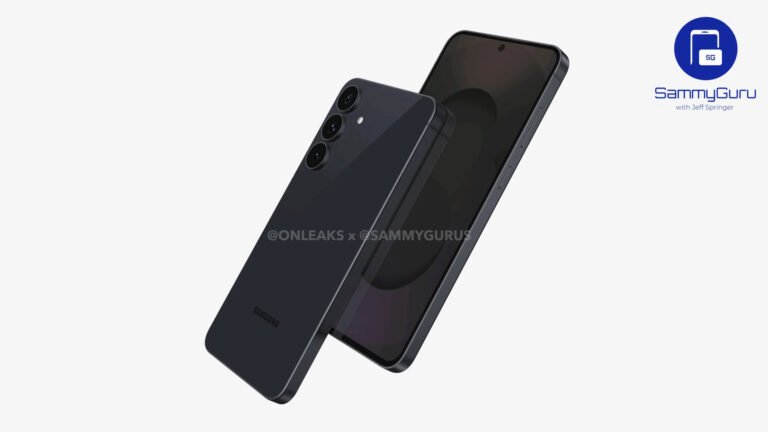

When you think about gaming, the first thing that often comes to mind is platform exclusivity – those unspoken boundaries that separate players based on their console, PC, or mobile choices. Minecraft broke all those walls down and created a massive shared space where players from every corner of the gaming world could connect, build, and survive together.
It didn’t just happen overnight. The game’s rise to universal accessibility was a calculated, deliberate effort that started with a simple idea: let’s make a game that brings everyone together, regardless of what device they use. And that’s exactly what it did.
The Early Days: A PC-Only Phenomenon
When Minecraft first gained traction in the early 2010s, it was solely a PC game. The classic version – Minecraft Java – was the gateway that ignited its explosive success. But from the beginning, Minecraft’s creators knew the game had something bigger than just a PC audience. The question was: how could you expand that experience to players using different platforms without compromising the game’s core identity?
The solution came in the form of cross-platform compatibility. The ambition wasn’t just to port the game across devices – it was to make sure that everyone, regardless of platform, could play together in the same space. Whether you were on PC, mobile, or consoles, the game aimed to give players a unified experience.
Cross-Platform Play
Fast forward to today, and Minecraft now functions as the bridge that connects players across platforms – PC, consoles, mobile, and even the cloud. Thanks to the Bedrock Edition, which was released to make the game work seamlessly across all devices, Minecraft has allowed millions of players to join the same worlds, play in the same servers, and share the same blocky experiences, no matter what device they’re using.
Players who prefer the customization and modding freedom of the original PC version buy Minecraft Java; however, with the cross-platform magic of the Bedrock Edition, it’s easier than ever to jump into the world of Minecraft, regardless of whether you’re playing on Android, iOS, PlayStation, Xbox, or PC.
Cloud Gaming: The Final Step in the Evolution
As if the cross-platform compatibility wasn’t impressive enough, Minecraft took things a step further with cloud integration. With services like Xbox Game Pass and cloud gaming platforms, you can now play Minecraft anywhere, without needing a powerful device. All you need is a stable internet connection and a screen, and you’re good to go. Whether you’re on your phone, a shared family console, or a random computer, Minecraft now exists in a form that’s available on demand.
By seamlessly integrating with cloud platforms, Minecraft unlocked new opportunities for players to access their worlds wherever they are, whether that’s on the couch at home or during a road trip with their mobile device. The boundaries between “platform” and “play” have truly blurred.
The Legacy of Unity
What’s truly remarkable about Minecraft’s success is how it shifted the concept of what gaming could be in the modern era. It wasn’t just about building worlds; it was about building connections. Minecraft showed that the future of gaming doesn’t need walls between platforms. It’s about creating a single, unified space where everyone can join in – whether on mobile, PC, or console.
For players ready to experience the full Minecraft adventure, buying Minecraft Java remains an option for those who want the most customizable experience with modding and exclusive features. And with digital marketplaces like Eneba, getting your hands on the game has never been easier. But no matter how you play, Minecraft has proved that the future of gaming is one where cross-platform play isn’t just a feature – it should be the standard.
The post How Minecraft Unified Players Across Consoles, PC, Mobile, and the Cloud appeared first on Android Headlines.


